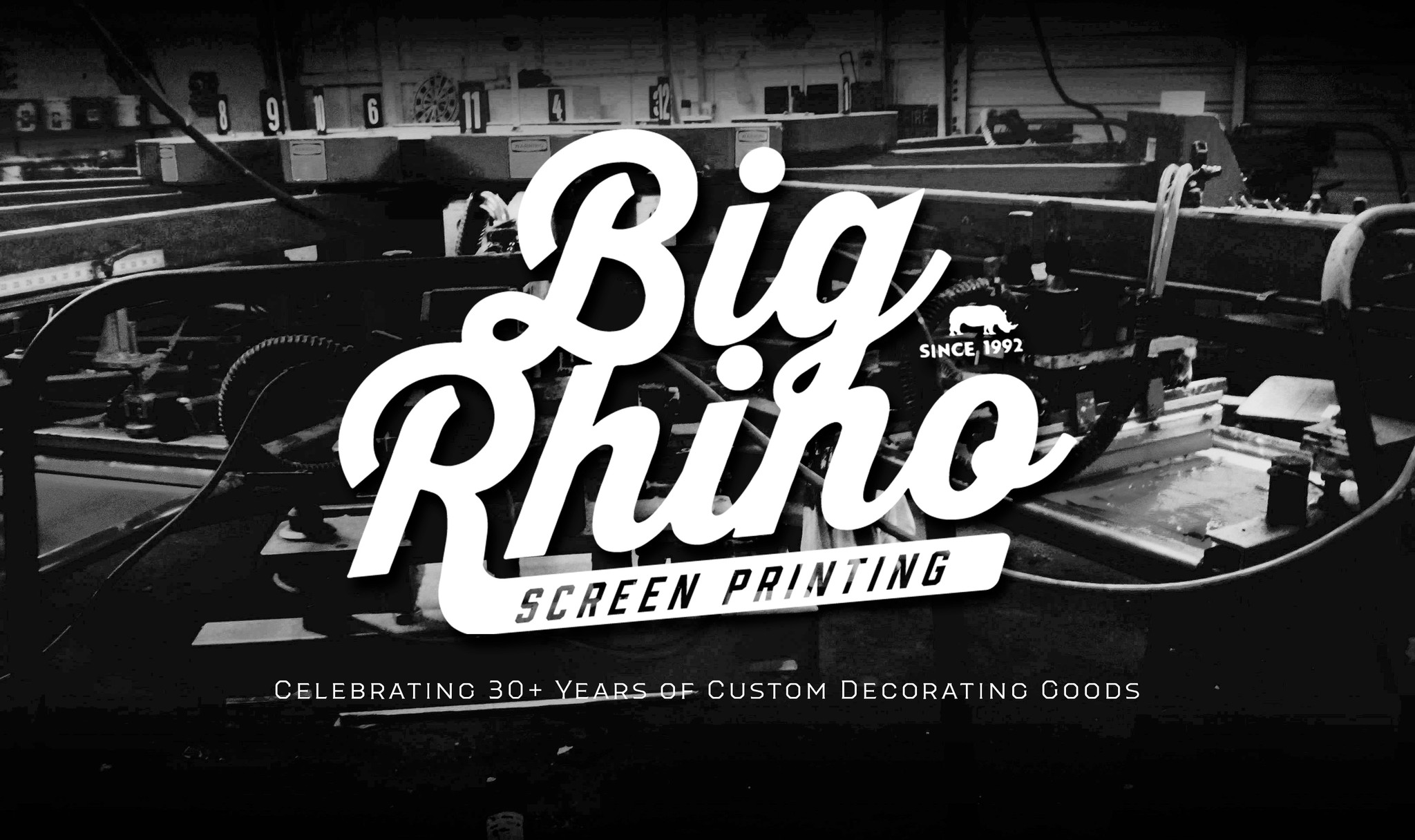Direct to Film (DTF) printing is a modern and efficient method for transferring designs onto T-shirts and other fabrics,
1. Design Preparation
Start by creating your design using design software. Ensure the design is high-resolution for the best print quality. The design is then printed onto a special film called PET (Polyethylene Terephthalate) film using a DTF printer.
2. Applying Hot-Melt Powder
Once the design is printed on the PET film, a hot-melt powder is applied to the printed area. This powder acts as an adhesive, which will help the design stick to the fabric.
3. Melting the Powder
The film is then placed in a heat press machine, and the hot-melt powder is melted using heat (typically around 200°C for 5-10 minutes). This creates a strong adhesive layer on the film.
4. Pre-Pressing the Fabric
Before transferring the design, the fabric (usually a T-shirt) is pre-pressed to remove any moisture. This ensures a smooth transfer process.
5. Heat Transfer
The film is placed onto the fabric with the adhesive side down. The heat press machine is used again to transfer the design from the film to the fabric. The heat and pressure ensure that the design adheres well to the fabric.
6. Cold Peeling
After the transfer, the film is allowed to cool down to room temperature. Once cooled, the film is peeled away, leaving the design on the fabric.
7. Post-Processing
To ensure durability, the fabric is often heat-pressed again. This step improves the wash and rub fastness of the design, making it more durable for everyday use.
8. Quality Check and Finishing
Finally, each T-shirt is inspected for quality. Any imperfections are corrected, and the T-shirt is folded, packaged, and ready for wear.
DTF printing is a versatile and efficient method, allowing for full-color, high-resolution designs on various fabrics. It’s a great option for small batches and custom designs. Have you ever tried DTF printing before?










